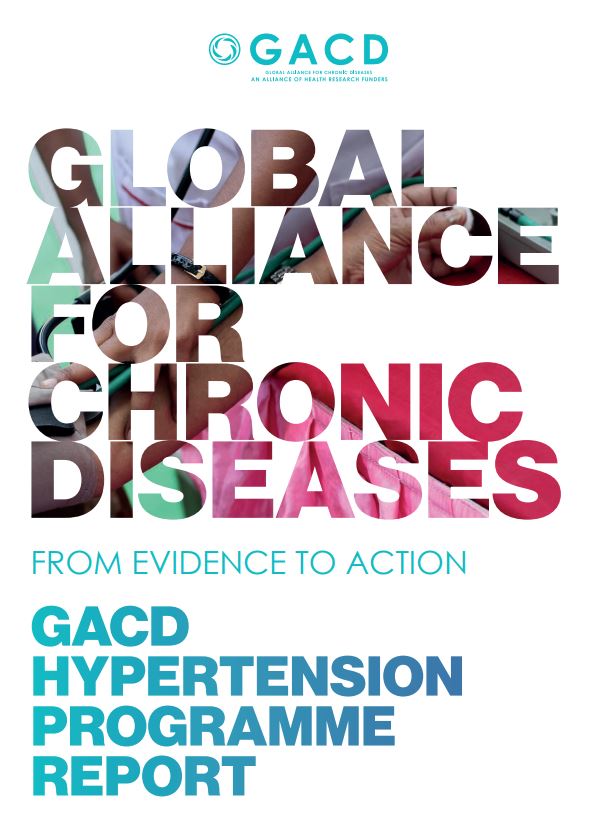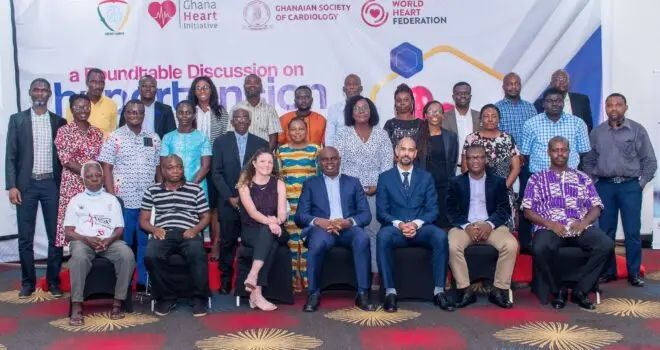
“As the pace of global health challenges accelerates, so too must our ability to respond. These challenges include an aging global population, a geographic shift from rural to urban areas, the viral spread of commercial determinants of health, and a transition to a faster–paced life requiring greater convenience. One significant result is the merging of health burden’s with resource-constrained countries catching up to wealthy countries on noncommunicable diseases (NCDs) such as cardiovascular disease, diabetes, chronic lung disease, and mental health. Now, as NCDs are the leading causes of morbidity and mortality around the world, they require the collective efforts of the global health community.
Hypertension – or raised blood pressure – is the leading risk factor for premature heart attacks and stroke, which translated into over 17 million deaths in 2015 worldwide. As the second leading cause of global disability, hypertension already affects over one billion people and is likely to reach over 1.5 billion people by 2025, if nothing is done to curb its incidence. Alongside these challenges, there are opportunities as the pace of innovation is also increasing. New models of collaboration and the burgeoning field of implementation science are also evolving to speed up the development of the most promising solutions in a race to tackle the world’s leading cause of death.”
The GACD Hypertension Programme Report outlines the findings from the GACD Hypertension Programme and the experiences of the first joint initiative to fund implementation science research on NCDs in low- and middle-income countries (LMICs) and vulnerable populations in high-income countries (HICs). The report discusses the scientific contribution of the GACD Hypertension Programme, highlights the capacity-building outcomes of this model, and addresses the broader benefit of the Programme to national health policies and the global NCD response.


